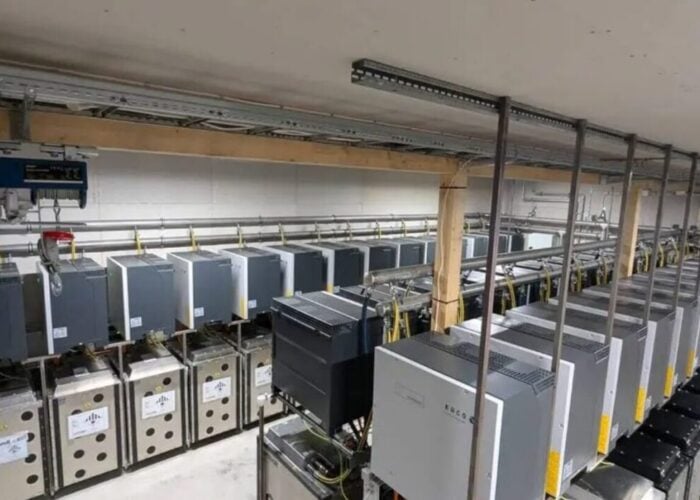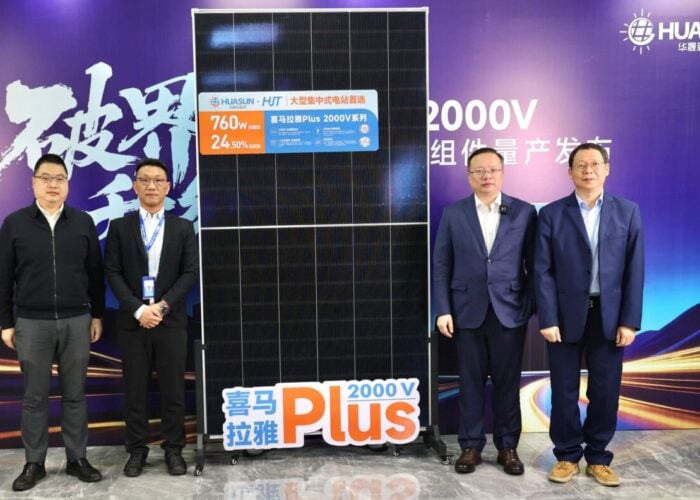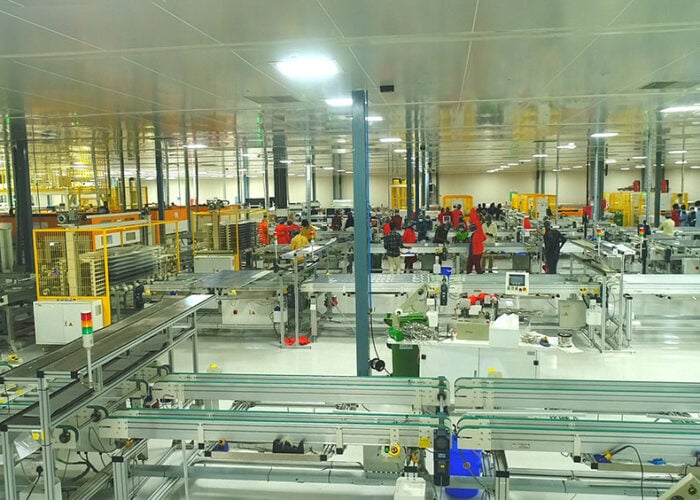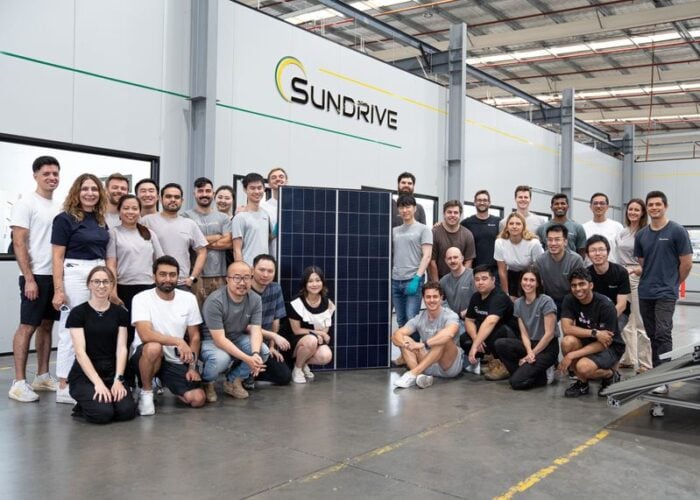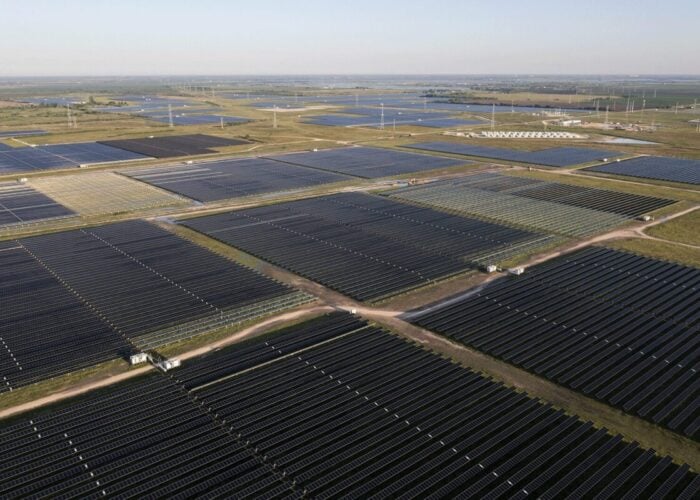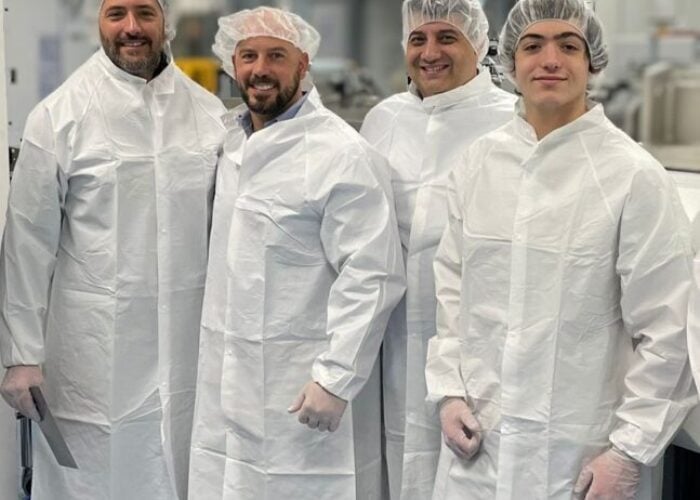
Heterojunction (HJT) equipment manufacturer Maxwell Technologies and Australian solar technology start-up SunDrive have laid claim to a breakthrough in mass production HJT technology after recording a conversion efficiency of 26.07% with a commercial-size solar PV cell.
The companies said the result “demonstrates the future potential for HJT solar cell efficiencies exceeding 26% in mass production”.
Try Premium for just $1
- Full premium access for the first month at only $1
- Converts to an annual rate after 30 days unless cancelled
- Cancel anytime during the trial period
Premium Benefits
- Expert industry analysis and interviews
- Digital access to PV Tech Power journal
- Exclusive event discounts
Or get the full Premium subscription right away
Or continue reading this article for free
Testing a M6 (274.3cm²) cell, the trial has been officially verified by German’s Institute for Solar Energy Research (ISFH).
The two companies recorded a conversion efficiency of 25.54% in September last year and 25.05% during testing in May. They said the latest result was down to improvements in open-circuit voltage (Voc), short circuit current (Isc) and fill factor (FF).
They adopted Maxwell’s latest generation chemical vapor deposition (CVD) equipment for microcrystalline silicon layer deposition and a physical vapor deposition (PVD) coating process to create high mobility transparent conducting oxide (TCO) layers.
Maxwell said it believes HJT will be the “key technology for the sustainable future of the PV industry” and that the mass production efficiency of HJT cells could be improved further through an iterative upgrading process.
The two parties said they would continue to collaborate on exploring more solutions for the HJT industry in the fields of microcrystalline, TCO, metallisation and module interconnection.

